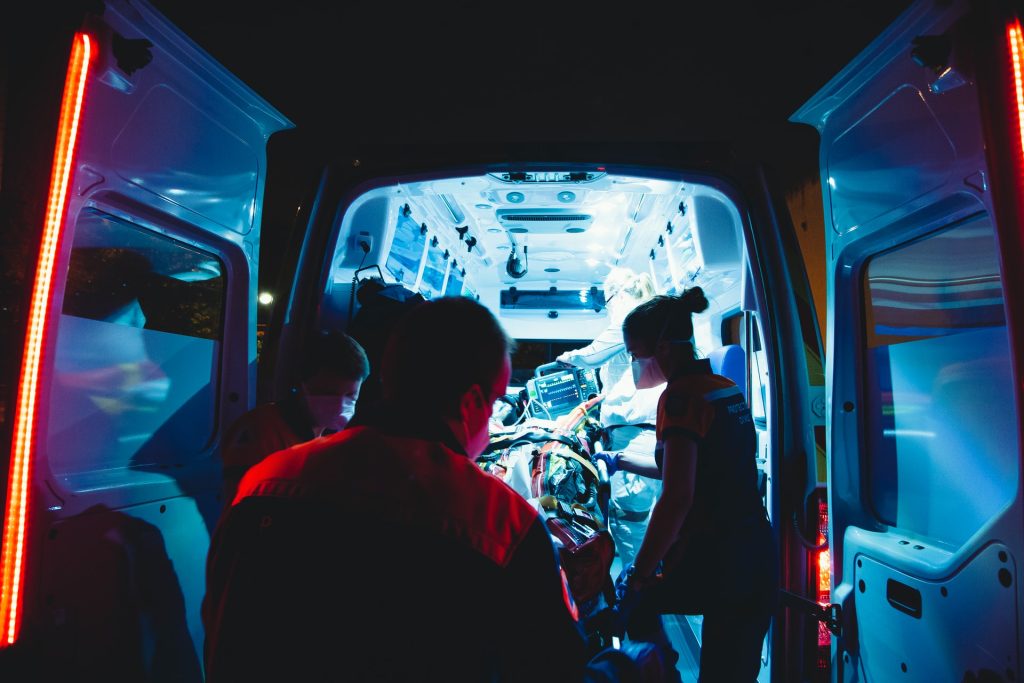
Scientists in the Netherlands have developed a special EEG cap which can diagnose stroke in the ambulance, allowing the patient to receive appropriate treatment faster. The research is published in the journal Neurology.
Every year, millions of people worldwide suffer an ischaemic stroke, the most common type of stroke, when a blood clot blocks a blood vessel of the brain, causing a part of the brain to receive no or insufficient blood. Prompt treatment is crucial to prevent permanent disability or death.
Neurologist Jonathan Coutinho, Technical Physician Wouter Potters and professor of Radiology Henk Marquering, all from Amsterdam UMC, invented the brain-wave cap, which allows an EEG to be carried out in the back of an ambulance. This shows whether there is an ischaemic stroke and whether the blocked cerebral blood vessel is large or small.
This distinction determines the treatment: in case of a small ischaemic stroke, the patient receives a blood thinner, and in case of a large ischaemic stroke, the blood clot must be removed mechanically in a specialised hospital. “When it comes to stroke, time is literally brain. The sooner we start the right treatment, the better the outcome. If the diagnosis is already clear in the ambulance, the patient can be routed directly to the right hospital, which saves valuable time,” says Coutinho.
Jonathan Coutinho said: “Our research shows that the brain-wave cap can recognise patients with large ischaemic stroke with great accuracy. This is very good news, because the cap can ultimately save lives by routing these patients directly to the right hospital.”
Between 2018 and 2022, the smart brain-wave cap was tested in twelve Dutch ambulances, with data collected from almost 400 patients. The study shows that the brain-wave cap can recognise patients with a large ischaemic stroke with great accuracy. “This study shows that the brain-wave cap performs well in an ambulance setting. For example, with the measurements of the cap, we can distinguish between a large or small ischaemic stroke,” adds Coutinho.
In order to develop the brain-wave cap into a product and bring it to the market, TrianecT, an Amsterdam UMC, spin-off company was founded in 2022. In addition, a follow-up study (AI-STROKE) is currently ongoing in which even more measurements are collected in order to develop an algorithm for improved recognition of a large ischaemic stroke in the ambulance. The Dutch Heart Foundation has also recognised the importance of this research and has made 4 million euros available for large-scale research into faster treatment of ischaemic stroke.

